Japan Travel Guide (2025)
Say hello to the Ultimate Japan Travel Guide, covering destinations, impressive experiences, staying connected, getting around, dealing with money, entry must-knows, and beyond.
Welcome to our Japan Travel Guide – your ultimate toolkit to get ready for your upcoming adventure in the land of the rising sun. You’re probably itching to know the prime time for liftoff, the can’t-miss spots, travel must-haves, using public transportation, nabbing internet access, and a bunch more.
And that’s precisely why we’ve made this post with every bit of info you need to make sure you have a blast on your trip. Don’t forget to share some golden tips with your fellow travelers in the comments section towards the end.



 +1M
+1M
With Holafly, you save +30% compared to roaming fees
Plans that may interest you
Unveiling Japan: Must-Know Tips for Adventurers
Japan, a country that’s captured global attention with its rich history, lively culture, and enduring traditions, also invites you to uncover its picturesque landscapes, local cuisine, and futuristic breakthroughs, among other captivating mysteries. So, as you gear up for your trip, surely you’ve gathered a ton of official information about this destination.
Still, don’t overlook crucial data like language quirks, money essentials, where it’s all situated on the map, etc. This is why we’ve compiled all these details and more below:
| General info | Description |
| Location | Situated in the northeast Asian archipelago |
| Capital | Tokyo |
| Population | 124,913,000 |
| Currency | Japanese Yen (¥) Coins: ¥1, ¥5, ¥10, ¥50, ¥100, and ¥500 Banknotes: ¥1000, ¥2000, ¥5000, and ¥10000 |
| Language | Japanese (official) English (second language) |
| Climate | Winter (December to February) Spring (March to May) Summer (June to August) Autumn (September to November) |
| Time Zone | UTC+9 (Japan Standard Time, JST) |
The Right Time to Explore Japan
Figuring out the ideal moment to visit Japan depends on your personal travel vibes. For example, in spring, you’ll catch the jaw-dropping sight of cherry trees exploding in color in places like Kyoto and Tokyo. It’s a natural beauty difficult to match anywhere else.
Now, if you’re up for an autumn escapade, get ready for pleasant weather and a chance to watch the leaves on trees shift from lush green to fiery reds and oranges. This season is also bursting with cultural events, including the much-loved Lantern Festival in Kyoto.
But if you’re all about winter fun, like skiing and snowboarding, then the best time to visit Japan is when everything’s draped in snow. The Japanese Alps, Hokkaido Islands, Tokyo, Kyoto, Nagano, Tohoku, and Kanazawa will offer you incredible winter landscapes and the chance to practice your favorite snow sports.
And let’s not forget about summer – it’s the season for embracing Japanese traditions at different festivals. Mark your calendar for stellar events like Tokyo’s Mitama Matsuri Festival and the mind-blowing Sumida Fireworks Festival.
>If you are traveling from Canada to Japan, take a look at our guide!<
Unmissable Stops in Japan
Tokyo, Kyoto, Osaka, Hiroshima, Nara, and Miyajima are Japan’s ultimate hotspots. And right here, we’re laying down some essential info to spice up your Japan adventure plan.
Must-Try Experiences in Tokyo

Tokyo, where tradition and modernity meet, offers an exciting playground to immerse yourself in one of the world’s most massive and energetic urban landscapes. As you plan your trip, make sure to set aside time for a guided tour through classic neighborhoods like Asakusa, Shinjuku, and Harajuku. Don’t forget to drop by Sensō-ji, the city’s timeless temple, and TSUKIJI, the planet’s largest fish market. And, of course, pay your respects at the inspiring MEIJI-JINGŪ shrine.
For a dose of contemporary vibes, head over to Roppongi Hills – a shopping haven doubling as a contemporary art oasis. When the sun sets, pop into Golden Gai, a sprawling complex with over 200 bars for an epic night out. And let’s not miss the iconic Shibuya, Tokyo’s version of Times Square. Don’t miss our comprehensive guide to the best things to do in Tokyo. It provides an up-close look at the thrilling experiences awaiting you at this remarkable destination.
Must-Try Experiences in Osaka
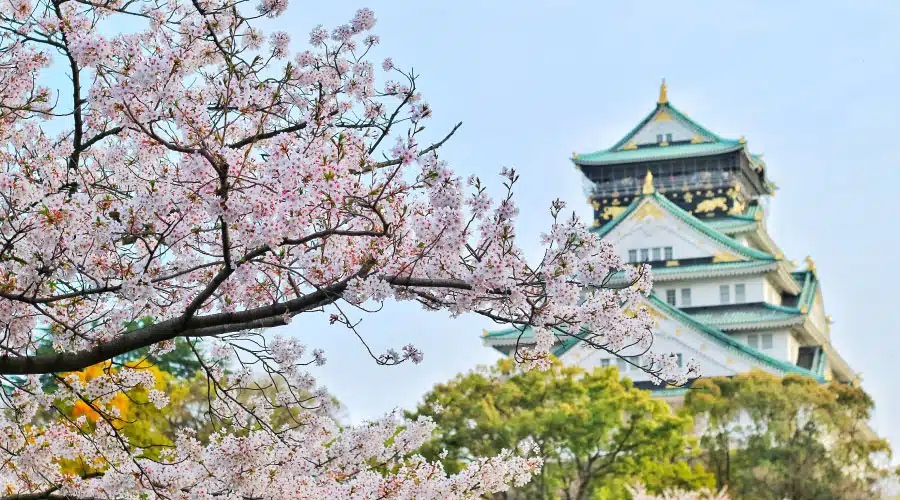
Osaka lights up with energy, history, and genuine local flavors, blending culture and tradition in a way that lets you shape your adventure just the way you like it. Among our recommendations, checking out the iconic Osaka Castle is an absolute must. Dive into the region’s history and soak in breathtaking views from the castle’s high tower.
Switching gears, you can’t skip the lively Dotonbori district. It’s a wild mix of neon signs, buzzing nightlife, street food, boutiques, and loads of cultural gigs that capture the city’s vibe.
Equally impossible to resist is the Kuromon Ichiba market, a place filled with seafood, exotic fruits, classic treats, and local goodies. You can also sprinkle your itinerary with guided tours to museums, temples, bridges, skyscrapers, and even nearby gems like Kyoto or Nara.
Must-Try Experiences in Hiroshima
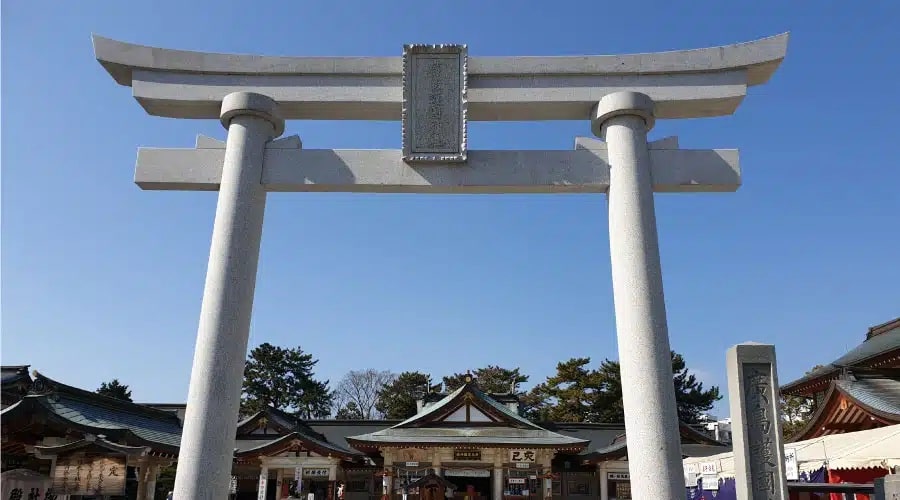
Hiroshima isn’t just another stop; it’s an immersion into history, unveiling the layers of the mid-twentieth-century war. And it’s more than that – it’s a haven of peace, ornamented with monuments honoring victims and shining a light on the resilient spirit of the Japanese people.
What makes Hiroshima so unique is its unbeatable mix of culture and the arts. That’s why it’s a must-visit spot. In the midst of it all, you’ll experience the natural beauty of the region and savor local treats, like the iconic okonomiyaki.
Exploring How to Find Tour Guides in Japan
When it comes to snagging a tour guide in Japan, there are a series of choices waiting for you. While doing it yourself is an option, keep in mind that language and cultural differences might be a barrier to getting around the city. So, it’s best to rely on those well-versed in the local scene.
Below, we’ll share some alternatives at your disposal, both locally and through online platforms:
Travel agencies in Spain
- Viajes El Corte Inglés
- Nautalia Viajes
- Logitravel
- JTB España
Travel agencies in Chile
- Turavion
- Viajes Falabella
- Travel Ace
- JTB Chile
Travel agencies in Mexico
- PriceTravel
- BestDay
- Despegar
- JTB Mexico
Unleashing Virtual Adventures Online
Mobile apps provide a wide range of tours, outings, and activities, all accessible right from your fingertips, no matter where you are in the world. When in Japan, these are the choices:
- Passporter (info available in Spanish)
- Viator
- GetYourGuide
- Guruwalk
- Civitatis
With these apps, you’re equipped to plan every aspect of your trip, even before you travel. They act as a multipurpose tool for checking flight details, booking accommodations, getting transport passes, and even scoring tourist cards to visit Japan’s prime attractions.
In case you need further information about travel apps, we recommend you dive into our list of 29 essential apps for your Japanese adventure.
Travel Requirements for Tourists Heading to Japan
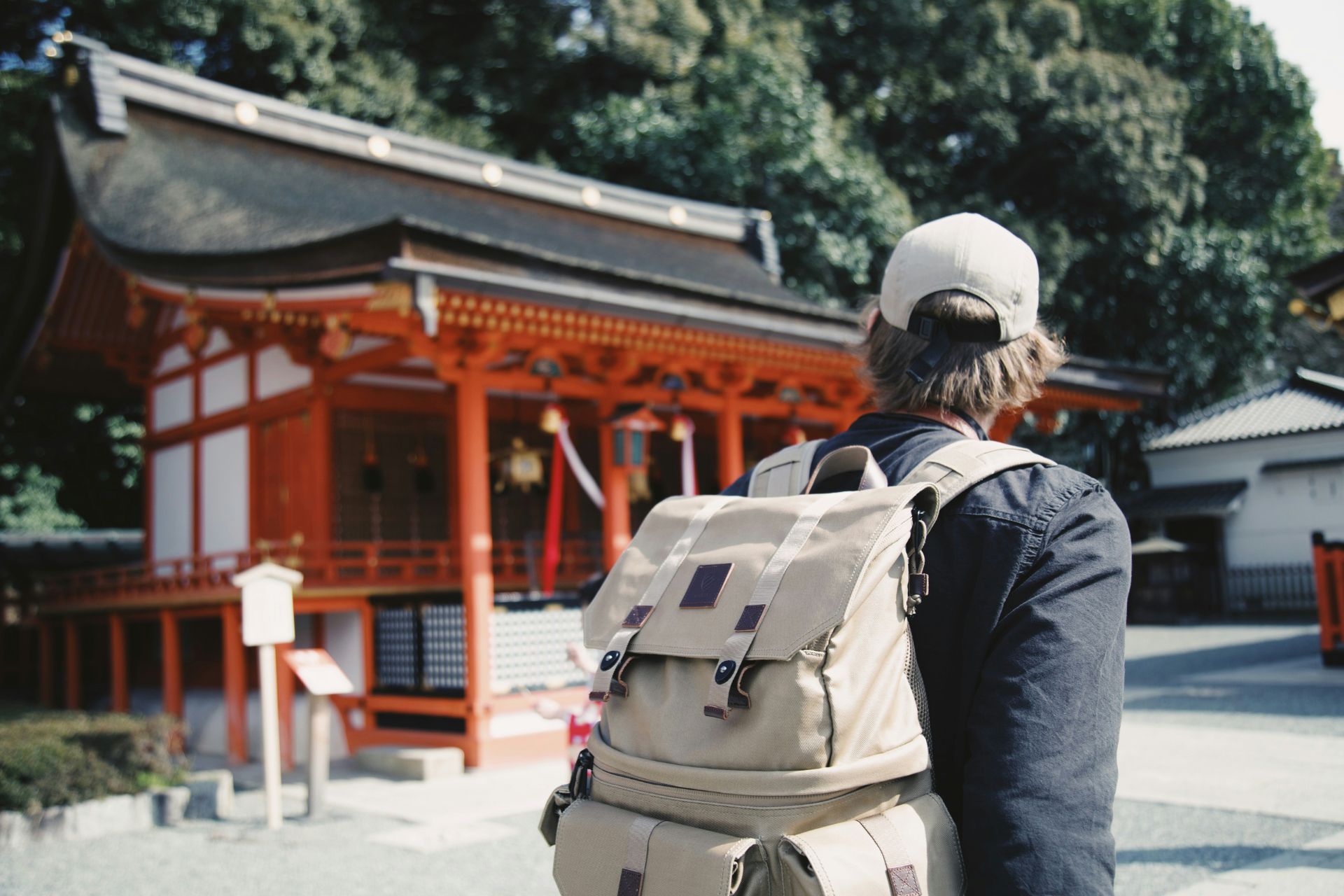
If you’re planning a trip to Japan as a tourist, bear in mind that specific requirements can vary depending on where you’re from. To ensure a smooth journey, we strongly recommend keeping an eye on the latest travel updates from your country’s embassy.
Now, if you come from a country that doesn’t need a visa, all you need is a valid passport and proof that you’re planning to head back home – like a return flight ticket. But if you’re not that lucky, you’ll need to get a tourist visa. That means you’ll have to meet these criteria:
Remember to check off all these boxes
- A valid and unaltered passport.
- A recent photograph with 45 mm x 35 mm dimensions.
- A printed copy of the visa application.
- Detailed information about your flight itinerary.
- A comprehensive travel plan outlining your trip.
- Bank certification indicating your current account balance, account holder details, date, and the bank’s name.
- If applicable, a Power of Attorney is signed by both the applicant and proxy.
After submitting the necessary documentation, these prerequisites will undergo a verification process to confirm their sufficiency. Additional documents may be requested if deemed necessary.
For citizens of Canada and the United States, an alternative option is available in the form of a tourist e-visa. This electronic visa is part of the Japanese government’s strategic approach to streamlining visa applications for travelers from these nations.
For a more profound understanding of the various visa types offered by Japan, we suggest visiting the link provided by the Ministry of Foreign Affairs of Japan. Moreover, please keep in mind that having a confirmed return reservation and travel insurance is mandatory to enter the country.
Tourist Visa Duration Options in Japan
- Single entry: 3 months (maximum stay of 90 days)
- Double entry: 6 months
- Multiple entry: 1 to 5 years (each stay up to 30 days)
List of countries that don’t require a visa to enter Japan
- Andorra
- Argentina
- Australia
- Austria
- Bahamas
- Barbados
- Belgium
- Brunei
- Bulgaria
- Canada
- Chile
- Costa Rica
- Croatia
- Cyprus
- Czech Republic
- Denmark
- Dominican Republic
- El Salvador
- Estonia
- Finland
- France
- Germany
- Greece
- Guatemala
- Honduras
- Hong Kong
- Hungary
- Iceland
- Indonesia
- Ireland
- Israel
- Italy
- Latvia
- Lesotho
- Luxembourg
- Macao
- Malaysia
- Malta
- Mauritius
- Mexico
- Monaco
- Netherlands
- New Zealand
- North Macedonia
- Norway
- Poland
- Portugal
- Qatar
- Republic of Korea
- Romania
- San Marino
- Serbia
- Singapore
- Slovakia
- Slovenia
- Spain
- Suriname
- Sweden
- Switzerland
- Taiwan
- Thailand
- Tunisia
- Turkey
- United Arab Emirates
- United Kingdom
- Uruguay
- USA
***Upon entering, the allowable length of stay is as follows: 15 days for Indonesia and Thailand; 14 days for Brunei; 30 days for the United Arab Emirates; and 90 days for all other countries.
Ways to Access the Internet in Japan
In today’s travel scene, the internet has become an essential tool, offering a solution for managing various aspects of your trip. Whether it’s confirming reservations, mapping out train routes, hailing a ride, finding your way with maps, cracking language barriers, or staying connected with loved ones, a wide range of choices is available.
Thankfully, Japan provides a bunch of ways to access the internet, though not all may perfectly match your needs. It’s a matter of evaluating each option until you find the one that aligns with your needs and budget.
For example, consider the unlimited data eSIM for Japan. Starting at just $6.90 USD, you can enjoy unlimited data wherever you wander. You’ll only need a smartphone compatible with eSIM technology. Regional eSIMs, such as Asia eSIMs, or local plans for nearby destinations, such as e-SIM cards in Malaysia, are also available.
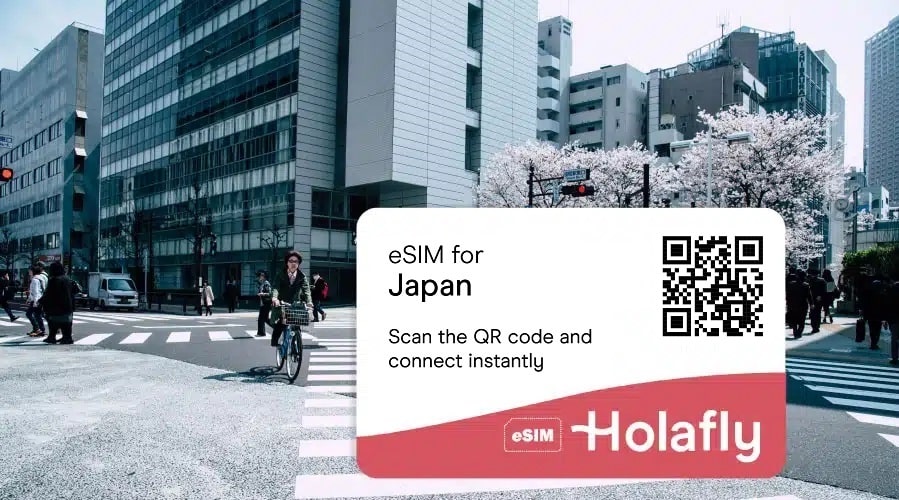
There’s no need to stress if you’re not keeping up with the latest tech trends. You can go old-school with a regular prepaid card for local use of Pocket WiFi, snag a Pocket WiFi to connect all your devices, or switch on the pricey international roaming deal from your phone company – it’s up to you!
How to get around in Japan?
Exploring the city at your own pace is a smart move to ramp up your travel experience. It’s the perfect moment to break free from the rountine and dive into each place like you’re part of the community. So, here in this section, we’re laying out the top-notch transportation options in Japan. This way, you can analyze each choice and uncover the details:
Japan Train Travel Guide

Japan boasts one of the world’s most sophisticated and meticulous train systems. Unlike Europe’s government-controlled model, Japan’s system mingles a consortium of private companies.
Among these players, the heavyweight is Japan Railways (JR). JR lays out an array of ticket options, with the Japan Rail Pass taking the lead. Tailored for tourists planning to visit different parts of the country, this pass grants you access to seamless travel.
Surely, you can get train tickets at stations or from vending machines, but the Rail Pass opens the doors to buses, ferries, and all those special transfers.
Starting Costs for Train Tickets in Japan
- Long Journeys: 10 ¥ /Km
- Short trips: 20 ¥ /Km
Keep in mind that these prices might climb a bit with add-ons, like picking your favorite seat, treating yourself to first-class digs, or embarking on moonlit journeys and such.
Tips for Your Japanese Train Adventure
Considering the scale of this network, having a trusty route planner on your smartphone is a game-changer. For real-time updates on your chosen routes, consider grabbing apps like Hyperdia, Tokyo Metro Subway Map & Route, Navitime App, and Japan Official Travel App, among others.
Major Airports in Japan
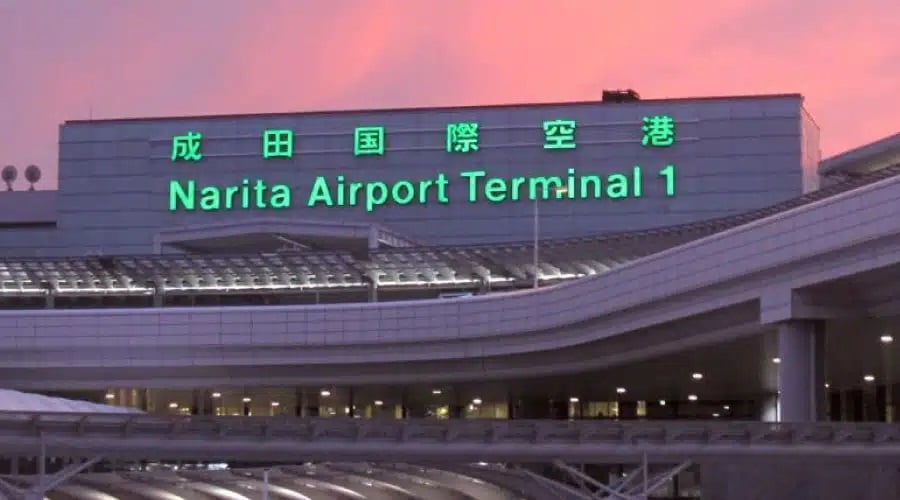
Below is a lineup of Japan’s key airports. As you sort out your airfare for your Japanese escapade, don’t forget that there are also local airports tailor-made for shorter stops, like Itami Airport and Hiroshima Airport.
- Narita International Airport – Tokyo
- Haneda International Airport – Tokyo
- Kansai International Airport – Osaka
- Chubu Centrair International Airport – Tokoname
- Fukuoka International Airport – Fukuoka
- Chitose International Airport – nestled between Chitose and Tomakomai
- Naha Airport – Naha
Major Air Carriers in Japan:
- Japan Airlines (JAL) – international flights
- All Nippon Airways (ANA) – international flights
- Skymark Airlines – domestic flights
- Peach Aviation – domestic flights
- Japan Transocean Air (JTA) – domestic flights
- Jetstar Japan – domestic flights
A few of these airlines belong to major international corporations. They specialize in affordable flights, which means you can scout around for budget-friendly airfares to explore various tourist spots.
What’s the price tag for a journey to Japan?
To give you a rough idea of ticket prices from your homeland to Japan, let’s use an example: starting in the city of Barcelona, Spain, and jetting off to Tokyo, Japan. This way, you can compare the fares offered by airlines that operate in Japan.
| Airline | Type of trip | Date | Roundtrip fare Tourist/Economy |
| Japan Airlines (JAL) | International | September 4th to 15th | €690.00 |
| All Nippon Airways (ANA) | International | September 4th to 15th | €891.12 |
Please take note that prices might fluctuate on platforms such as Skyscanner. For the identical trip, the price stands at €1,413 with Lufthansa and €1,714 with Airways – both solid options.
For this and other good reasons, it’s smart to meticulously plan your travel schedule ahead of time. This ensures you’re in a great spot to seize the finest deals, score the most favorable airplane seats, sort out your documents, pack your backpack efficiently, and even pick the perfect pillow for a truly comfortable travel experience.
Japan Bus Travel Guide
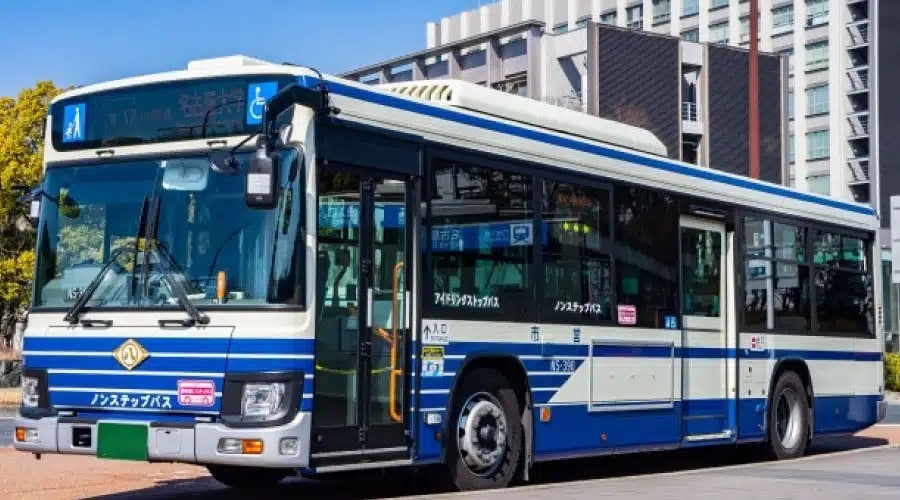
For travelers who like to stick to a budget, hopping on a bus in Japan is a smart move. This night-time transport option not only makes the most of your travel hours but also cuts down on your accommodation costs.
Plus, it’s a lifesaver for getting to spots off the train or subway route. Important to realize that the fare goes up based on how far you’re traveling.
On the other hand, this system is pretty streamlined, and the locals know their way around it. So, it’s a good idea to dig into the details of using public transport in Japan. Things work a bit differently here compared to back home, and there are even some unwritten rules you have to follow.
Getting a Car in Japan: Renting and Leasing
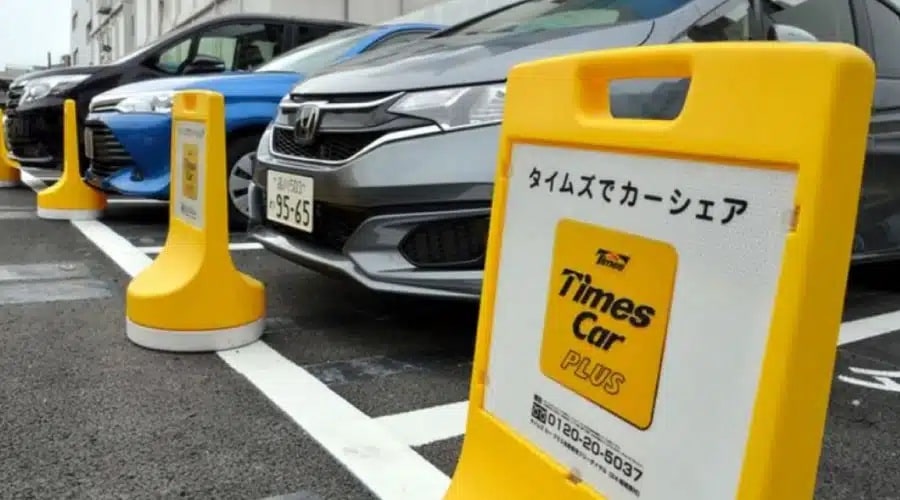
In Japan, they drive on the left side of the road, which means the steering wheel will be on the right side of your rental. If that’s not a problem for you, it could be a solid option. But honestly, the public transportation here is top-notch, so you might not even need a car for most things.
Now, to rent a car in Japan, you’ve got to be of legal driving age, have an international driver’s license, hold a valid passport, own an international credit card, and get some basic insurance covering damages, theft, and liability. And remember, there might be other documents that rental companies could ask for when you’re making a reservation.
The best-known car rental companies in Japan are:
- Toyota rent car
- Nissan rent car
- Times car rental
- Nippon Rent-A-Car
- ORIX Rent a Car
- Budget
- Europcar
- JR Rent-A-Car
Switching Your Euros to Japanese Yen
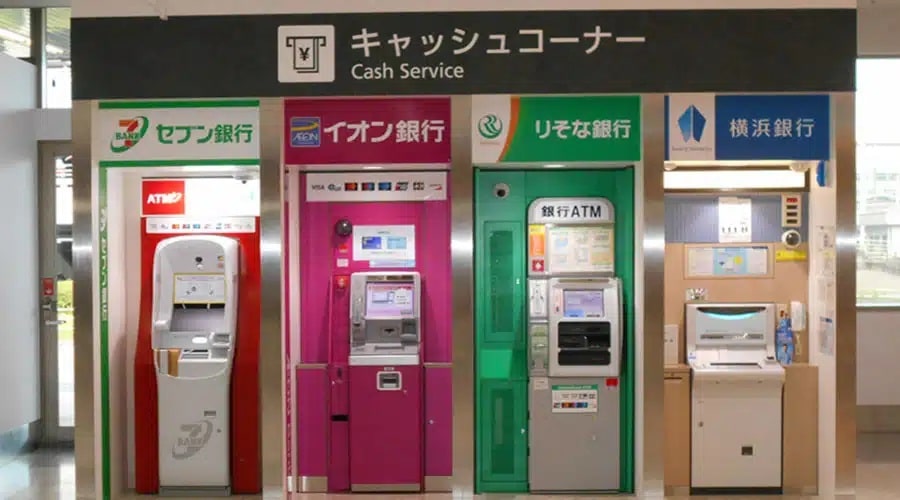
Are you all set for your Japan escapade? You’ll need cash. Before you catch that flight, you can find exchange spots and banks back home where you can trade your euros for Japanese yen. But remember, when you’re making your choice, it’s wise to compare the exchange rates to make the best decision for your budget.
In the land of the rising sun, most ATMs won’t give your international credit card a second glance, except for the ones at airports, the Seven Bank ATMs at 7-Eleven stores, and the Japan Post ATMs at post offices.
Formidable Finds to Grab in Japan
Figuring out what to buy in Japan depends on your vibe. Certainly, everyone’s got their tastes, budgets, and ways of living life. Yet, we leave you some suggestions for stuff that you could pick up during your trip:
- Tech and Gadgets: Japan’s got the goods when it comes to tech. You might just find some gadgets here that are not even available yet in your home country.
- Fresh Fashion: Japanese style is seriously cutting-edge. You can snag some trendy pieces like kimonos, yukatas, slick tees, and those accessories that practically shout “Japan.”
- Tea Time: Tea is essential in Japanese culture. You won’t regret getting your hands on premium green tea, teapots, cups, and all those other awesome things that come with it.
- Traditional crafts: handcrafted ceramics, washi paper, Kokeshi dolls, fans, toys, collector’s items, antiques, and even musical instruments.
- Sweets and snacks: Exploring is just as much about tasting as it is about seeing. So, while you’re diving into the local cuisine, don’t forget Japanese sweets and snacks. Plus, you can pack them up in your luggage if your airline is fine with it.
Etiquette Guidelines in Japan
When in Japan, it’s key to be aware of specific behavioral norms in public spaces. Taking note of these guidelines and trying to follow them can help you have a more pleasant trip.
- Refrain from engaging in phone conversations on quiet trains.
- Keep the volume down when in public areas.
- Be considerate about public displays of affection.
- Choose not to chew gum in public spaces.
- Avoid pointing fingers at others.
- Queue up and respect the lines.
- Remember that tipping is not part of the culture in Japanese restaurants.
- Exercise care to avoid exposing the soles of your feet.
- Abstain from smoking in areas that aren’t marked for it.
Guide for Traveling in Japan: Emergency Preparedness
Unexpected situations or emergencies can pop up anytime, so it’s wise to be ready when you’re on the go. Whether you’ve got those numbers stored in your phone or printed, having important numbers like your country’s embassy can make a real difference.
Embassy of Spain in Japan
- Address: 1-3-29 Roppongi, Minato ku, Tokyo 106-0032
- Telephone: 3583-8531 and 3583-8532
- e-mail: emb.tokio@maec.es
- Website: www.exteriores.gob.es
- Consular emergency phone: 080-4368-2817 (from Spain: +81-80-4368-2817)
Emergencies that they address include natural disasters, deaths, detentions, disappearances, serious accidents, and urgent documentation needs. In other cases, they might not be able to provide general information.
Before you embark on your Japan journey, you can also get yourself on the travelers’ registry. This way, the Ministry of Foreign Affairs, European Union, and Cooperation can locate you, offer assistance, and help you contact your family. You can even attach your ID card and international travel insurance to the form.
How to Call from Japan to Spain?
When dialing from Japan to another country, keep these steps in mind:
- Dial the exit code of Japan: 010
- Enter the destination country code: 34 (for Spain)
- Punch in the destination country number (landline or mobile)
Emergency Numbers in Japan
- Police: 110
- Medical emergencies: 119
- Fire Department: 119
- Emergency phone call: 03-3501-0110
FAQs: Japan Travel Guide
Requirements vary based on your nationality. Some countries only ask for a valid passport, while others require a tourist visa application. This application typically includes a checklist, valid passport, photo, printed visa application, flight reservation, round-trip itinerary, detailed travel plan, and bank certification.
Starting from April 2023, you no longer need a Covid-19 vaccination certificate or negative test result for entry. Medical checks are only necessary if you’re showing symptoms.
For a fully immersive travel experience, we recommend dedicating at least two weeks to your tourist adventure. Of course, the exact duration depends on what you prefer and your budget.
You’ll find English spoken in tourist hotspots like hotels, restaurants, and shopping areas, thanks to skilled communicators. But it’s a good idea to pick up basic phrases for greetings, asking for help, and everyday situations. And don’t forget to make the most of translation apps.



















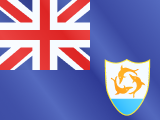











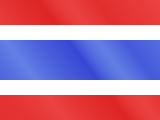






 Pay
Pay  Language
Language  Currency
Currency 


















 No results found
No results found





